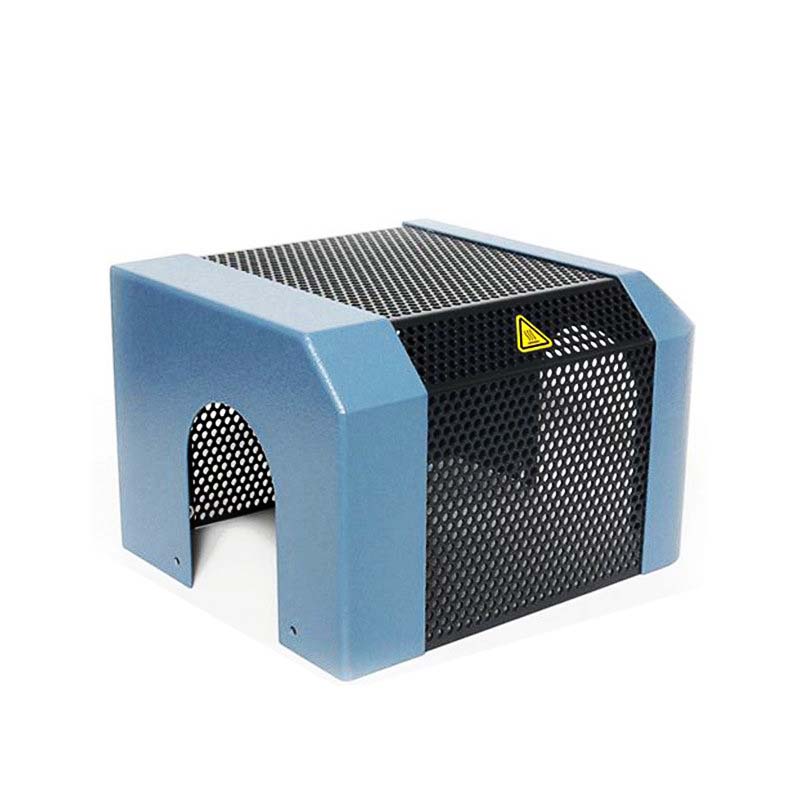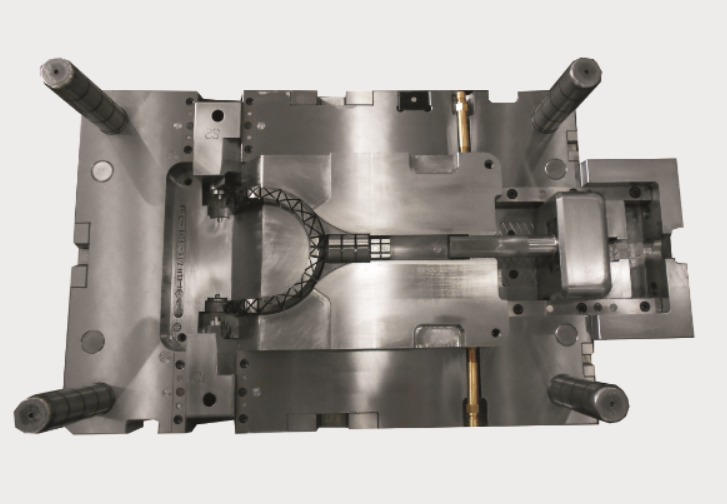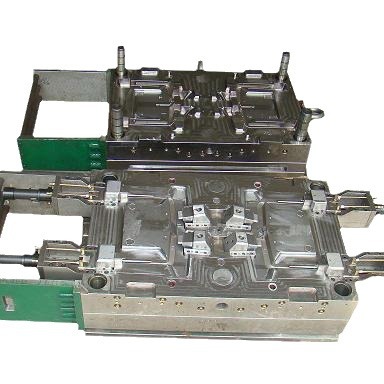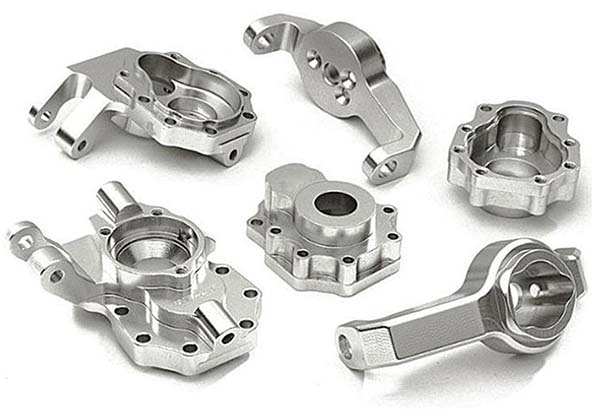Understanding the Basics of Plastic Mould Cost
Calculating the cost price of a plastic mould correctly is of utmost significance for businesses involved in plastic product manufacturing. Firstly, it plays a crucial role in cost control. By accurately assessing all the elements contributing to the mould cost, companies can identify areas where costs can be optimized. For example, if a business realizes that a particular material used in the mould is too expensive, it can explore alternative materials without sacrificing the quality of the final product. This not only helps in reducing the overall production cost but also makes the company more cost - effective in the long run.
Secondly, a correct cost calculation is essential for formulating a rational price strategy. When a company knows precisely how much it costs to produce a plastic mould, it can set a competitive price for its plastic products. If the cost is miscalculated, it may lead to overpricing, which can drive customers away, or underpricing, which can result in reduced profit margins or even losses. For instance, a company that underestimates the cost of a plastic mould may sell its products at a price that barely covers the production cost, let alone generating a profit.
The cost of a plastic mould is composed of multiple components. The main elements include:
- Material Cost: This is a significant part of the total cost. The type of material used for the mould, such as different grades of steel or specialized alloys, has a direct impact on the cost. High - quality materials with better wear - resistance and durability usually come at a higher price. For example, a mould made from premium - grade steel may cost 30% - 50% more than one made from standard - grade steel.
- Processing Cost: It encompasses various machining operations like milling, turning, and EDM (Electrical Discharge Machining). The complexity of the mould design determines the processing time and the number of operations required. A highly intricate mould with many detailed cavities and cores will require more processing steps, thus increasing the processing cost.
- Design Cost: Professional mould designers are involved in creating the blueprint of the mould. Their expertise and the time spent on designing, including CAD (Computer - Aided Design) drafting and design optimization, contribute to the design cost. On average, design cost can account for about 10% - 15% of the total plastic mould cost.
- Assembly and Testing Cost: After the individual parts of the mould are processed, they need to be assembled. Additionally, thorough testing, such as trial runs and quality inspections, is carried out to ensure the mould functions properly. These assembly and testing procedures also add to the overall cost.
Step - by - Step Guide to Calculating Plastic Mould Cost
Step 1: Material Cost Calculation
The formula for calculating the material cost of a plastic mould is straightforward: Material Cost = Material Volume × Material Density × Material Unit Price.
For example, assume we are making a plastic mould with a length of 300mm, a width of 200mm, and a height of 100mm. The material we choose is a common mould steel with a density of 7.85 g/cm³, and the unit price is \(5 per kilogram. First, we calculate the volume of the mould: \)V = 30 \text{cm}×20 \text{cm}×10 \text{cm}=6000 \text{cm}^3\(. Then, we calculate the mass: \)m = V×\rho = 6000 \text{cm}^3×7.85 \text{g/cm}^3 = 47100 \text{g}=47.1 \text{kg}\(. Finally, the material cost is \)47.1 \text{kg}×\(5/kg = \)235.5$.
Step 2: Design Cost Estimation
Design cost mainly consists of the time spent by designers and the cost of using design software. If a professional mould designer charges \(50 per hour and it takes 20 hours to complete the design of a particular plastic mould, the labour cost for design is \)50×20 = \(1000. Additionally, considering the amortized cost of design software (such as CAD/CAM software), which might be around \)200 for this project. So the total design cost is approximately \(1000 + \)200 = \(1200. In general, the design cost of a plastic mould usually ranges from \)500 to $3000, depending on the complexity of the mould design.
Step 3: Manufacturing Cost Computation
- Machining Cost: This includes operations like milling, turning, and EDM. For instance, milling may cost \(30 per hour. If the milling process for the mould takes 15 hours, the milling cost is \)30×15 = \(450. Turning might cost \)40 per hour and takes 5 hours, so the turning cost is \(40×5 = \)200. EDM, being a more complex process, may cost \(60 per hour and requires 8 hours, resulting in an EDM cost of \)60×8 = $480.
- Assembly Cost: Skilled workers are needed to assemble the mould parts. If the assembly takes 10 hours and the labour cost per hour is \(35, the assembly cost is \)35×10 = $350.
- Testing and Debugging Cost: Conducting trial runs and quality inspections is crucial. The cost for this may include the cost of the testing equipment amortization and labour. Suppose the total cost for testing and debugging is estimated to be $500.
The manufacturing cost is the sum of these costs, which is \(450 + \)200+480 + \(350+500 = \)1980 in this example.
Step 4: Overhead and Profit Margin
Overhead costs include management expenses, equipment depreciation, and factory rent. For example, if the monthly management expense of the factory is \(10000, and it produces 50 plastic moulds in a month, the management expense allocated to each mould is \)10000÷50 = \(200. Equipment depreciation is calculated based on the lifespan and cost of the equipment. If a piece of equipment costs \)50000 and has a lifespan of 5 years (assuming 12 months a year and 50 moulds produced per month), the equipment depreciation cost per mould is \(50000÷(5×12×50) = \)16.67.
The profit margin is usually a certain percentage of the total cost before adding the profit. A common profit margin in the plastic mould industry ranges from 15% - 25%. If the total cost of the plastic mould before adding profit is \(5000, and the profit margin is 20%, the profit amount is \)5000×0.2 = $1000. These overhead and profit margin costs are then added to the previous costs to get the final cost price of the plastic mould.
Yigu Technology's Perspective
As a non - standard plastic metal products custom Supplier, Yigu Technology has rich experience in calculating the cost of plastic moulds. We firmly believe that accurate cost calculation is the cornerstone of providing high - quality and cost - effective products to our customers.
When it comes to material selection, we always strive to find the best balance between cost and performance. Instead of simply choosing the most expensive materials, we carefully evaluate the specific requirements of each project. For example, in some cases where the product's appearance and wear - resistance requirements are not extremely high, we may recommend alternative materials that can significantly reduce the material cost without sacrificing the overall quality of the mould.
In terms of design, our professional design team focuses on optimization. We use advanced design software and simulation tools to ensure that the mould design is not only functional but also cost - efficient. By simplifying the mould structure and reducing unnecessary details, we can effectively cut down on the processing cost and material consumption during the manufacturing process.
During the production process, we strictly control every step to ensure the quality of the plastic mould while keeping the cost in check. We have a well - trained production team and advanced equipment, which enables us to improve production efficiency, reduce errors, and ultimately contribute to a more reasonable cost structure for the plastic mould.
FAQ
Q1: How does the choice of plastic material affect the mould cost?
The choice of plastic material has a significant impact on the mould cost. Different plastic materials have distinct characteristics such as fluidity and strength. For example, materials with high fluidity like polyethylene (PE) can be easily injected into the mould cavity, which may require less complex mould designs and lower injection pressures. This can reduce the processing cost during mould manufacturing. On the contrary, materials with low fluidity need more precise mould designs and higher injection pressures, increasing the processing difficulty and cost.
Moreover, the strength of the plastic material also matters. High - strength engineering plastics like polycarbonate (PC) usually come at a higher price. If a product requires high - strength materials to meet its performance requirements, the material cost of the mould will be relatively high. In terms of cost differences, common plastic materials such as PE and polypropylene (PP) are relatively inexpensive, with prices ranging from \(1 - \)3 per kilogram. In contrast, high - performance engineering plastics like PEEK (Polyetheretherketone) can cost hundreds of dollars per kilogram.
Q2: Can I reduce the mould cost by simplifying the design?
Yes, simplifying the design can effectively reduce the mould cost. When the mould design is simplified, it directly affects the processing difficulty. A simple design means fewer complex geometric features, such as fewer undercuts, intricate curves, or complex cavities. This allows for more straightforward machining operations, reducing the number of special - purpose tools and complex machining processes required. For example, a mould with a simple flat - surface design can be milled more easily compared to a mould with multiple deep and narrow grooves.
In addition, a simplified design can shorten the processing time. Fewer machining steps and less time spent on each operation mean lower labour costs and reduced machine usage time. It also has an impact on material usage. Simplifying the design may enable the use of smaller - sized raw materials, reducing material waste and overall material cost. Overall, simplifying the mould design can lead to significant cost savings in both the manufacturing and material aspects.
Q3: What is the typical profit margin for plastic mould manufacturing?
The typical profit margin for plastic mould manufacturing generally ranges from 15% - 25%. However, this can be influenced by several factors. Market competition plays a crucial role. In a highly competitive market, manufacturers may need to lower their prices to attract customers, which can squeeze the profit margin. For example, if there are many plastic mould manufacturers in a particular region, they may engage in price wars, reducing the overall profit each can earn.
The scale of the enterprise also matters. Larger enterprises with more advanced equipment and economies of scale can produce plastic moulds more efficiently. They can spread the fixed costs (such as equipment purchase, factory rent) over a larger number of products, resulting in a higher profit margin. Smaller enterprises may have higher unit costs due to lower production volumes and less - advanced technology, leading to a relatively lower profit margin.








